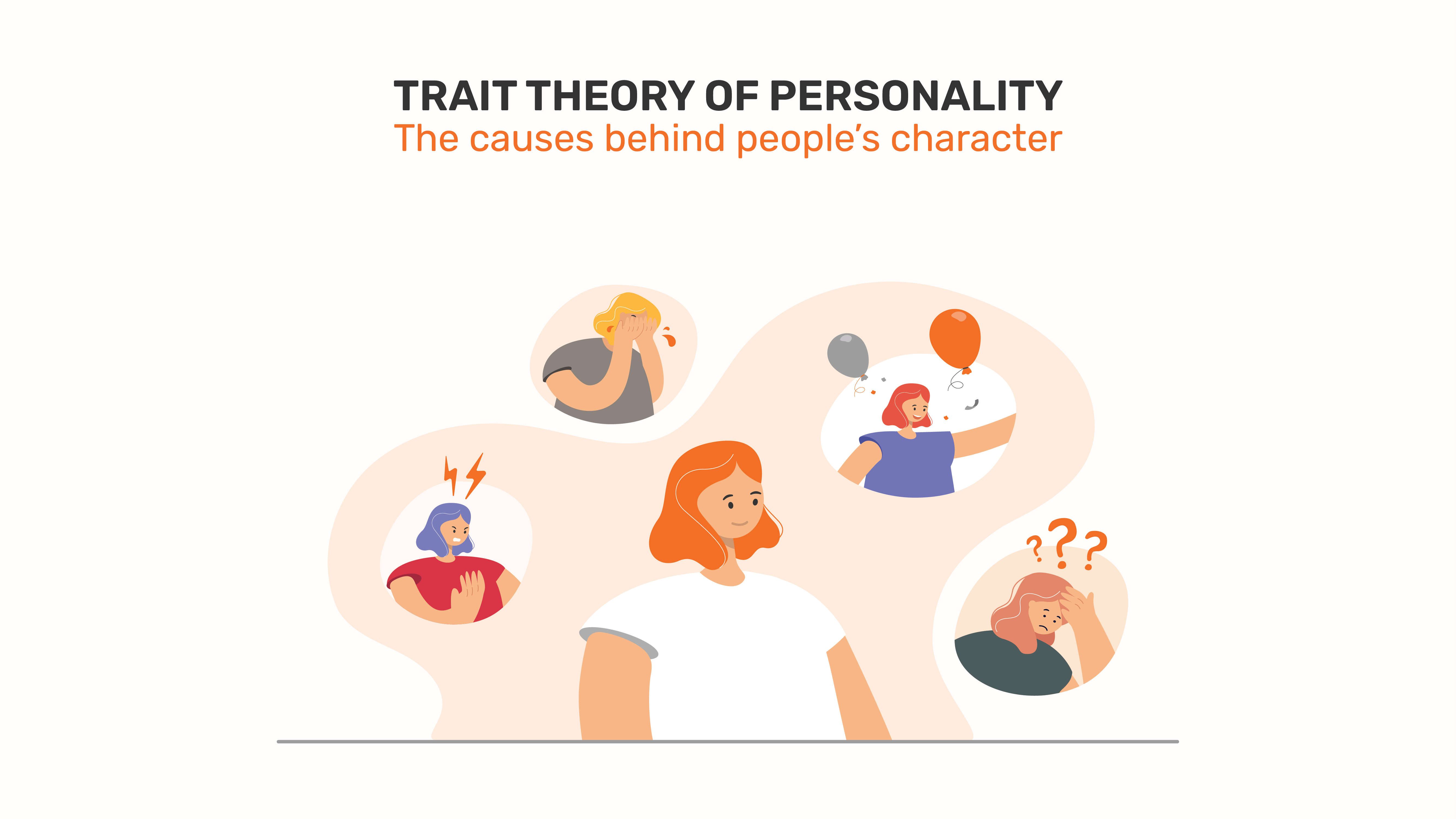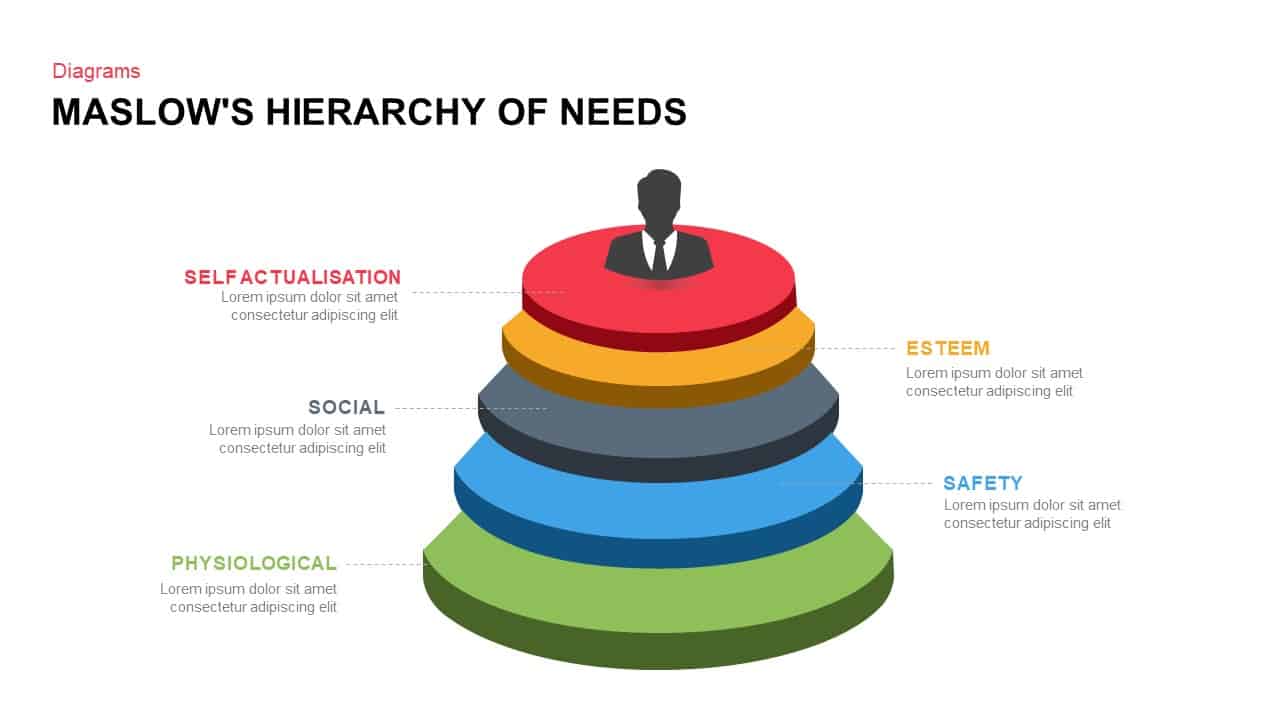Trait Theory of Personality: The Causes Behind People’s Character

What are traits?
“Hey, your friend Abraham asked me for help, how is his character?”
We’ve all been asked questions like this. If someone asked you this question about your friend, you would probably use words like “very kind”, “energetic”, and even “short-tempered”. These are all traits.
Traits, in psychology, refer to the ways in which we generally describe an individual. Descriptive terms such as kind, short-tempered, liberal are all traits. The trait approach is one of the most vital areas of study in psychology that helps recognize a person’s personality.
Traits can be defined as a relatively stable characteristic that causes a person to show a response to any situation in certain ways. Trait theories specify that the traits are always constant regardless of the situation. Trait theory says that individual personalities are composed of these tiny but broad dispositions.
Unlike many other theories, trait theory generally assumes personality is the difference between one person to another or the unique qualities and characteristics that separate an individual from another individual. So as the trait approach to personality is focused on differences between individuals is contrary to psychoanalytic and humanistic theories.
Trait theories suggest personality is biologically based, whereas theories such as Bandura’s Social Learning Theory accentuate the role of nature and environmental influence.
Gordon Allport’s Trait theory (1936)
Allport’s theory of personality highlights the exceptionality of the individual and the inner cognitive and motivational processes that influence behaviour. He says we can see more than 4000 types of traits in the English language dictionary. Allport categorized traits into three levels:
Cardinal traits: the cardinal trait is a single trait that dominates your entire personality. It is rare, usually developing later in life. Only a few people have such a single trait. Jesus Christ, Mother Theresa, and Mahatma Gandhi are examples. Sometimes their names may be synonymous with traits such as “kind”, “narcissist”, “greedy”, etc.
Central traits: This trait refers to the major characteristics of a person. These are the basic foundation that forms the general characteristics of a person. While central traits are not as controlling as cardinal traits, they refer to the major characteristics you might use to label another person. Expressions such as “frank,” “smart” and “anxious” are considered central traits.
Secondary traits: Secondary traits are sometimes connected to attitudes or inclinations. They often appear only in certain situations or under specific environments. Some examples include getting nervous when attending a meeting, or impatience when listening to lengthy explanations.

Download
Raymond Cattell’s Trait theory
By combining common traits only, Raymond Cattell describes common characteristics of individuals. He reduced the number 4000 and tells primarily 171 traits are common in people. Cattell evaluated a large sample of individuals for these 171 different traits. He worked with psychologist Charles Spearman, who was renowned for his pioneering work in statistics. He used a statistical method known as factor analysis; he identified closely related terms and finally reduced his list to just 16 key character personality traits.
16 personality traits described by Cattell
- Abstractedness: Imaginative versus applied
- Apprehension: Worried versus self-assured
- Dominance: Forceful versus obedient
- Emotional stability: Peaceful versus high-strung
- Liveliness: Natural versus restrained
- Openness to change: Flexible versus committed to the familiar
- Perfectionism: Organized versus undisciplined
- Privateness: Discreet versus exposed
- Reasoning: Abstract versus concrete
- Rule-consciousness: Conforming versus rebellious
- Self-reliance: Self-sufficient versus dependent
- Sensitivity: Soft-hearted versus rough-minded
- Social boldness: extrovert versus introvert
- Tension: Inpatient versus relaxed
- Vigilance: Doubtful versus trusting
- Warmth: Outgoing versus reserved
According to Cattell, these 16 traits are the source of human personality. On the basis of these 16 factors, he developed a personality assessment called the 16PF.

Hans Eysenck’s 3 Dimension of personality
British psychologist Hans Eysenck believed that personality is an innate mechanism that is determined by biological factors. He viewed that people have two specific personality dimensions: extroversion vs. introversion and neuroticism vs. stability. After collaborative research with his fellow beings, he added a 3rd dimension to this model psychoticism vs. socialization.
Introversion vs. extroversion: according to this dimension, people who always connect with others and interfere with their surroundings and social events are extroverts. They are outgoing and show a tendency to build a relationship with society. Introverts are the opposite, they are reserved and have escapism, and show a tendency to pull back from social gatherings. They like loneliness, and generally have limited interactions with others.
Neuroticism vs. stability: Neuroticism refers to an individual’s tendency to become emotional or over-sensitive. They show a tendency to be upset because of trivial issues. Their physical expressions and emotional state tend to go into a flight-or-fight reaction. Stability refers to the tendency to remain emotionally constant. These people tend to need more stimulation to react, so their flight or fight reaction would be more emotionally stable.
Psychoticism vs. socialization: people who are high on psychoticism tend to be free thinkers, nonconformists, imprudent, antisocial, and aggressive. People who are high on socialization (often denoted as superego control) tend to have high instinct control—they are more unselfish, sympathetic, cooperative, and conventional.
Psychology researchers have analyzed the drawbacks of Cattell’s and Eysenck’s conclusions, and a new model called the “Big five” factor theory of personality has been introduced.
The 5-Factor Theory of Personality
This five-factor model of personality represents five fundamental traits that interact to shape human personality. While researchers often differ about the exact labels for each dimension, the following are described most commonly:
- Agreeableness
- Conscientiousness
- Extraversion
- Neuroticism
- Openness
Most researchers and psychologists agree that people can be described based on their personality traits. Yet, theorists remain to dispute the number of basic traits that make up human personality. While trait theory has an objectivity that some personality theories lack (such as Freud’s psychoanalytic theory), it also has its faults.


